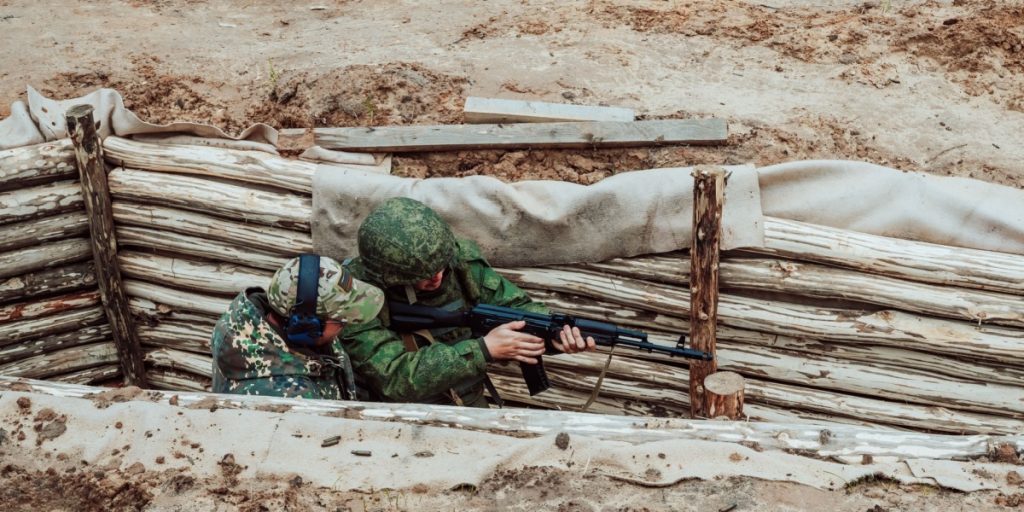A grim forecast from U.S. analysts paints Russia’s military ambitions in Ukraine as not just costly — but virtually impossible.
Others are reading now
Russia’s proposed creation of a massive “buffer zone” in Ukraine would require 91 years and more than 50 million troops to secure under current combat conditions, according to a new estimate from the Institute for the Study of War (ISW).
The projection was released amid new rhetoric from senior Russian officials, including Security Council Deputy Chairman Dmitry Medvedev, advocating for expanded territorial control as a defensive shield against Ukraine and NATO.
But ISW’s assessment lays bare the enormous logistical and human costs of such a campaign.
Progress Measured in Meters, Paid in Blood
According to ISW, Russian forces are currently advancing by an average of just 14.3 square kilometers per day, gains achieved at a steep price of approximately 1,500 casualties daily.
Also read
Even the completion of Russia’s claimed occupation of Donetsk, Luhansk, Zaporizhzhia, and Kherson oblasts — areas annexed by decree in 2022 but only partially controlled — would likely take nearly four more years.
A broader campaign to occupy an expanded buffer zone, as floated by Medvedev and echoed by Vladimir Putin, would drag on for decades under current operational constraints.
Attrition and Ambition
The analysis comes at a time when Russia is sustaining heavy losses while relying heavily on undertrained troops and prison recruits.
ISW notes that despite tactical adaptations and increased drone and missile use, Russia’s strategic goals remain unchanged — and increasingly detached from battlefield realities.
These persistent losses have weakened Russia’s ground capabilities, even as its leadership continues to escalate pressure through military and psychological means.
Russia’s “Shock and Awe” Tactics Return
On the night of May 24–25, Russia launched what Ukrainian officials called the largest combined drone and missile attack since the start of the full-scale invasion.
Ukraine’s Air Force reported intercepting a large number of the projectiles, but not all — at least 12 civilians were killed and dozens more injured across multiple regions including Kyiv and Chernihiv.
Analysts observed a renewed use of mobile missile launchers stationed in occupied Crimea, a shift that makes detection and interception more difficult.
While Russia’s use of cruise missiles has decreased in recent months — likely due to financial and logistical constraints — recent attacks suggest a pattern of stockpiling munitions for dramatic, high-impact strikes.
Despite the destruction and death toll, there is no sign that Moscow is seriously considering peace, according to Ukrainian President Volodymyr Zelenskyy.
Speaking on May 26, Zelenskyy stated plainly that there are no indicators Putin or his inner circle are ready to pursue a diplomatic solution.
Instead, Russian authorities appear focused on grinding down Ukrainian resistance and eroding Western resolve through relentless pressure — military, informational, and psychological.


